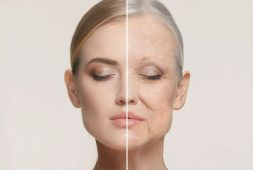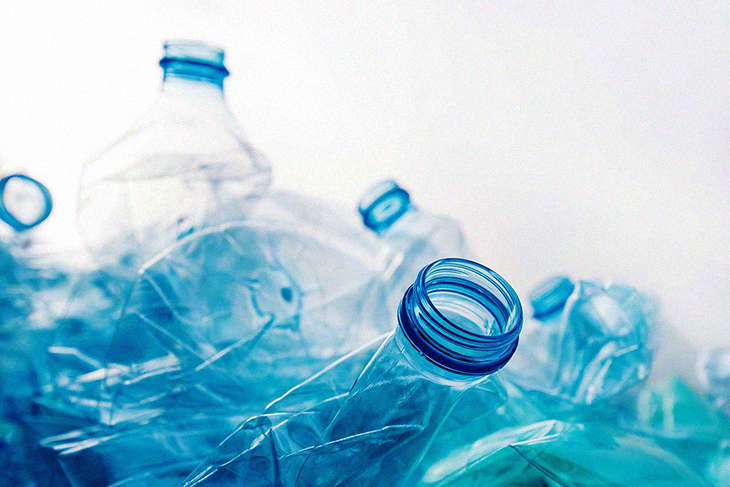
The trend over the last few years has been healthy living, mental wellness and finding ways to help the environment. Although most people are doing what they can to live out these truths, when living more sustainably, many don’t realize that there are still a number of practices they can do to have an even bigger positive impact on the environment. Take a look at the list of these 11 daily habits that you probably didn’t realize are actually horrible for the environment so you can make a change today!
Habit Number 1: Eating Red Meat
The United States eats 24.5 kilos of red meat per capita, making it the fourth biggest red meat consumer in the whole world. But what many don’t realize is that beef production actually takes up at least 83 percent of the world’s farmland. It is also considered one of the world’s biggest polluters amongst all protein sources considering that beef manufacturing can ‘release up to 105 kilograms of greenhouse gases per 100 grams of protein.’
What’s the solution?
Try eating a more plant-based diet. While vegan and vegetarian diets have been on the rise, plant based diets lean more towards making plants as the center of every meal, rather than meat or other animal products like cheese. Plant-based proteins aren’t only better on the environment, both in required farmland and the fact that they release way less greenhouse gases, but they are just better for you period.
Habit Number 2: Throwing Away Food Scraps and Leftovers
Food waste is serious business, especially when it comes to restaurants. But even when extras are tossed in the trash after a meal, what most think are just little bits of extra food can eventually have a big impact on the environment as well. Large amounts of organic waste are responsible for methane emissions from landfills, considering that ‘about 95 percent of food scraps still end up in landfills.’
What’s the solution?
Composting is one of the best and easiest ways to help the environment since this will lessen the amount of organic waste that ends up in landfills. By choosing a particular receptacle or even a place of land outside your home will allow you to toss your food scraps there, paying special attention to what kind of waste you can add to your compost pile. Then once it starts to decompose, the nutrient-rich soil can then be used to even start your very own garden, knowing that you aren’t adding even more waste to the already overloaded landfills.
Habit Number 3: Drinking Old Coffee
At least 63 percent of adults drink at least one cup of coffee a day, which actually contributes to climate change. This is because making coffee is actually incredibly harsh on the environment due to deforestation. Most coffee is also shipped internationally, adding to coffee’s carbon footprint.
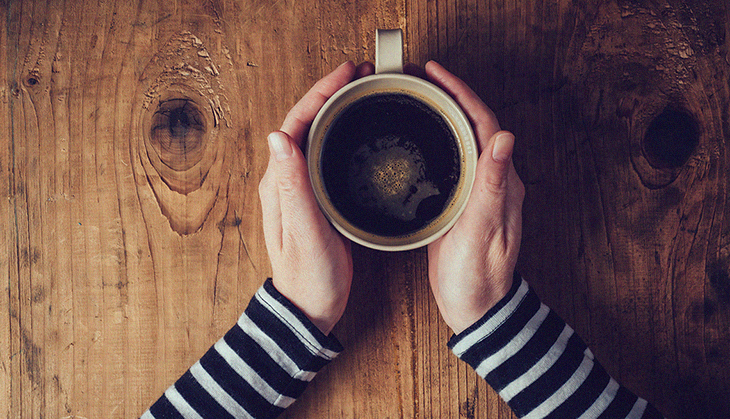
What’s the solution?
Check the brand when choosing the kind of coffee to buy and pick shade-grown, since this means that ecosystems have not been cut down or ruined in order to produce beans. The problem with this is that there isn’t an official certification to prove that the beans are truly shade-grown. It would be best to look for the Bird Friendly logo, which means that coffee brand is committed to keeping ecosystems and ecology intact.
Habit Number 4: Using Toxic Laundry Detergents
People all over the world thrive on washing machines, which means that they also need laundry detergent to launder their clothes. But the problem with most popular detergent brands is that they tend to have very harmful chemicals like phosphates, which are known to be quite toxic to marine life. Bleach is another harmful cleaning agent that is harmful to the environment as well. Plus most of these products come in huge plastic containers that are hardly ever recycled, which adds to a ton of waste.
What’s the solution?
Clothes have to be washed of course, so you can look for an alternative type of detergent that isn’t harmful to the environment. Look for brands that are conscious about what they use in the detergent as well as one that chooses to package them using something other than plastic.
Habit Number 5: Throwing Everything in the Dryer
It isn’t just the machine and detergent that’s the problem when it comes to doing laundry. Most machines use so much energy that the amount it uses tends to be equivalent to a washing machine, refrigerator and dishwater combined. Dryer sheets are another issue when it comes to climate change, and since they are normally single-use products, they tend to end up in a landfill, which just adds to all that unnecessary waste.
What’s the solution?
For those that can do this, air drying is not only the best solution to using a dryer, but it costs nothing, it’s safe on the environment, and you won’t add be adding to global warming since it doesn’t require any heating at all. Just put up a line, hang up your clothes and allow them to dry naturally.
Habit Number 6: Buying Just Any Deodorant
Consumers don’t realize this, but most of the traditional deodorants are actually incredibly bad for the environment, with sprays coming out on top for worst of all in terms of air pollution. They not only release greenhouse gases to the atmosphere, they also add to smog formation. Stick deodorants, on the other hand, use plastic containers that are considered almost impossible to recycle. In fact, a number of personal care products and makeup uses single-use plastics that normally end up in landfills.
What’s the solution?
While you don’t have to stop using deodorant, look for brands that have a reusable case with refills, which tend to be recyclable or biodegradable. Try out by Humankind or Myro – which have great reviews – or do a quick search to see what you can find in your neighborhood stores.
Habit Number 7: Using Plastic Shower Products
Commonly, shower products like shampoo, conditioner and body wash all come in plastic containers, mostly which are not recycled either. And since around 91 percent of plastic does not get recycled, this means that they will probably end up in a landfill.
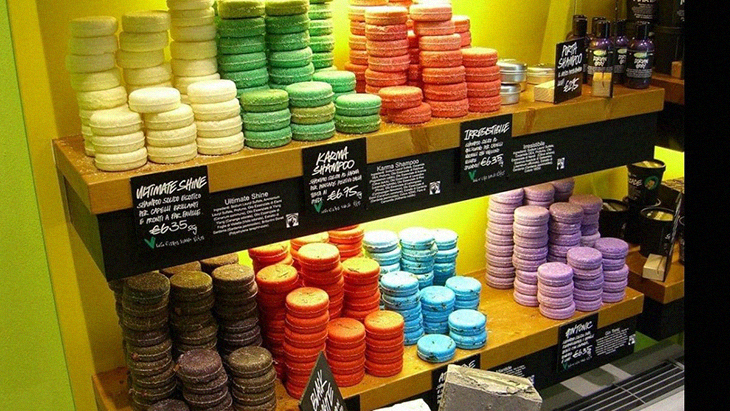
What’s the solution?
Again, search for brands that are environmentally conscious. Or better yet, choose to buy shampoo and conditioner bars that don’t use packaging at all, making them packaging-free!
Habit Number 8: Flushing the Toilet
In case you weren’t sure you read the words correctly, daily habit number eight is flushing the toilet. Although people don’t think about flushing the toilet as something that’s bad for the environment, it actually has a very intensive impact on water each and every day. With the average person flushing at least five time a day, this number makes up at least 31 percent of every household’s water usage per day.
What’s the solution?
While it sounds kind of gross, the best solution for this is to actually skip flushing. We’re not suggesting not to flush for all bathroom activities (of course!) but you could attempt to skip one when it’s not 100 percent necessary. This doesn’t go for public restrooms or going number two, but if it’s in your home, then try skimping on a few flushes in between in order to help save the planet.
Habit Number 9: Choose Non-Reusable Sanitary Products
Much like makeup and shampoo, sanitary napkins, tampons and personal care products are very harmful to the environment. A number of them are made from non-recyclable materials which means that once again, they end up in landfills. Even worse when people flush them down the toilet since they end up in the ocean and harm sea life.
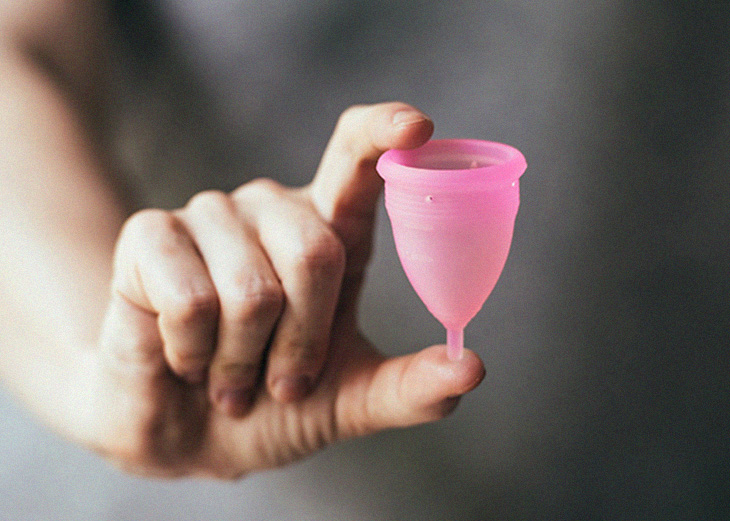
What’s the solution?
Search for alternatives to these types of products. These days, there are a lot of different options on the market that women can try, like the menstrual cup or even the period underwear. It might take time to get used to them but they will make positive impacts on the world in the long run.
Habit Number 10: Not Recycling Properly
Most people want to do their part when it comes to recycling, but they need to make sure that they know what items can actually be placed in recycling or not. Items like aluminum foil, textiles, foam containers, plastic wrap and loads more can’t actually be put in the recyclable bin.
What’ the solution?
The solution is actually easier than you’d think. Make sure that you know what products can be recycled or not before putting them in the recycle bin. And for those than can’t be placed there, try to find a different use for them. Upcycling is one way to make a positive change to the environment! It might be difficult at first, but you’ll soon catch the hang of it after a few cycles.
Habit Number 11: Buying Plastic Water Bottles
You might have noticed that so many people are walking around with water jugs or thermoses these days, and that’s because plastic water bottles is one of the biggest contributions to waste. At least one million plastic bottles are bought every minute all over the world yet sadly only 7 percent are actually recycled. This is why plastic has seemingly taken over the world.
What’s the solution?
Join the bandwagon and buy yourself and your loved ones a reusable jug or thermos to bring with you anywhere you go. Although this might seem like a hassle at first, you’ll soon realize that you aren’t only helping the environment, but you’ll be saving yourself money too! Every little bit, no matter how inconsequential you might think it is, will definitely help!


